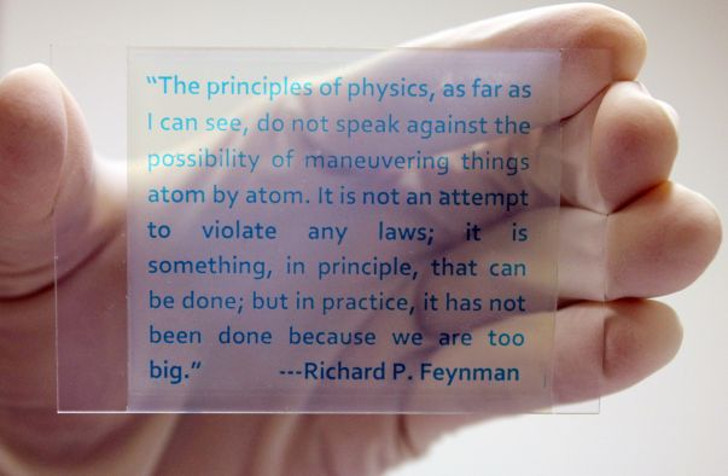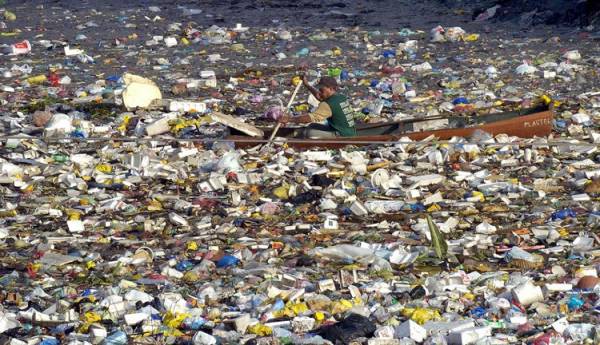In the USA, a new development in green printing is raising eyebrows and sparking debate.
Treeless and inkless eco friendly paper is definitely a marvel, but the jury’s still out on whether it’s truly better than the existing alternatives. It is, however, receiving a lot of positive attention. Developed at the University of California with funding from the US Department of Energy, the intention is to rethink the way we print and use paper.
The Technology Behind It
You may be surprised to discover that the treeless, inkless paper is actually made of a thin plastic film. Accordingly, it doesn’t look or feel much like paper at all. The plastic “paper” is coated in your choice of blue, red or green nontoxic dye, which contains titania nanocrystals. When printed, exposure to UV light renders the dye colourless in the areas where text or images are to be printed, through a photobleaching process. While it may be “ink free” the dye qualities are similar to colour switching redox dye properties.
A Sustainable Choice
Developers and supporters of this eco friendly paper alternative claim that once fully developed, it should be more cost-effective and kind to the planet than traditional paper. Furthermore, they see it as a step towards creating practical, paperless offices. While tablets like the iPad were widely touted as a catalyst for going “paper free,” experience over the last few years has shown that not everyone has taken to them to that extent. Especially in business, people still prefer print.
At present, the treeless and inkless paper can be reused up to 20 times before it’s no longer functional. Those involved in its creation intend to increase that to 100 reuses with further research and development. The claim has been made that once fully developed, it has the power to eliminate deforestation and save trees by dramatically reducing the dependency on forests for the creation of paper products.
Questions And Concerns
While there is no doubt that this is a tremendous development created with good intentions, critics of this eco friendly paper alternative have raised a few concerns. First, some people are curious to know the origins of the plastic used to make the printable film. If created in the traditional sense, using fossil fuel based plastics, then this may not be kinder to the earth after all. Plastic, disposed of around the world, builds up in landfills and oceans and results in other ecological issues being addressed by charitable organisations and advocates, like Plastic Bank. If that’s the case, a safer choice may be hemp based bio plastics, though it’s not known if it will work as effectively.
Other critics have raised the matter of “green praising” while neglecting to mention the many eco friendly paper choices which exist on the market today. For example, at Solopress we use only green, vegetable based inks and print on 100% recycled paper from sustainable forests, working in conjunction with the Woodland Carbon programme, the World Land Trust and the Forest Stewardship Council.
Can Paper Be Eliminated?
While efforts to think green – and act upon it – are excellent, it’s unknown if the inclination towards using paper products will cease any time soon. More than just paper used for print mediums like business cards and magazines, paper products are necessary for everything from toilet tissue to boxes for shipping. A combination of technologies might be best going forward. Use paper products of any variety conservatively to reduce waste, make sure that those produced are recycled and sustainable, and choose to go paperless when possible with options like this or tablet computers, while also being mindful of electricity and plastic consumption.









